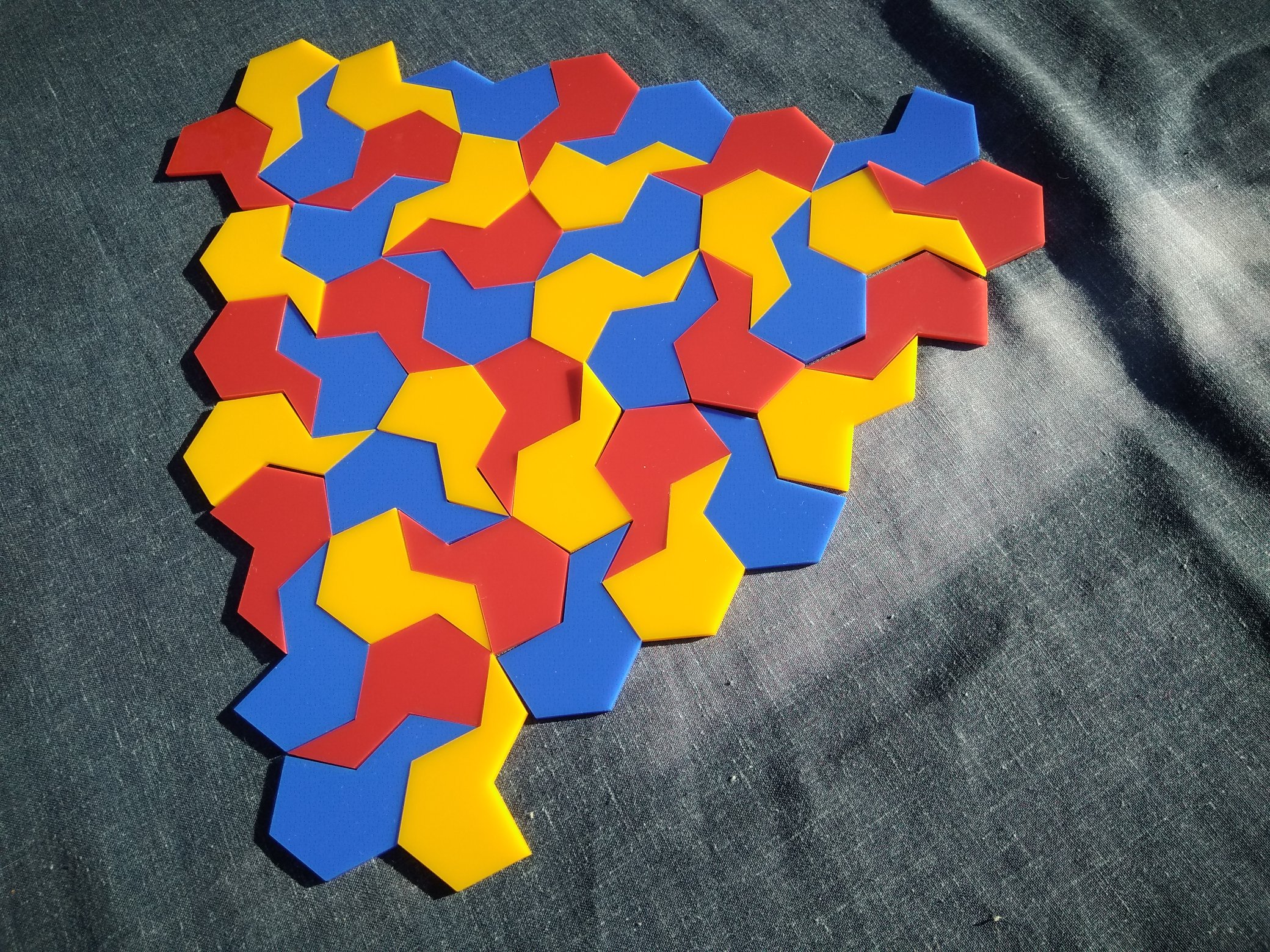The final game from the 2020 math capstone GAMES class. Begun by Char Beckmann, I was thrilled to teach this course and will soon have my second group. Here's the final entry, an escape room. Ashly was committed early on to make an escape room and I am impressed at the work as well as the perseverance required to finish while student teaching during the pandemic under the conditions .
GUEST POST by Ashly Latham
Escape Dr Latham’s Laboratory is a game I created for my capstone project for MTH 496. When I first heard that we were creating a game I thought of the escape room me and my friends played before the class where we sat down and started talking about creating our game. This inspired me to create an escape-room inspired math game that allowed students to have fun while also doing math!
This game originally started as a fifth grade game but as I got into an accident and injured my hand, I had to postpone the idea. Finally, when I received enough function to get back to work I was a Teacher Assistant in a third grade class classroom. These third graders inspired me to adjust the game so they could play it.
The puzzles students will complete in this game will focus mostly on multiplication skills as this is what my students were working on at the time I created this. There are ten different puzzles but some puzzles have two answers which allow students to only play six puzzles each play.
To create this game I searched the internet for fun multiplication puzzles. This included literal puzzles but also some riddles. After I found enough puzzles for what I wanted, I began to construct the scene cards. These tell a story as students work from puzzle to puzzle. The hardest part was constructing the solution wheel so that it was hard for students to guess answers and each answer had a different code. This took me spending lots of time creating my own symbols.
When I tried it out with my third grade students, they LOVED it. I tested out the first couple puzzles and the students were constantly asking where the rest were. After finishing it, I had those same students try it. It took two 30 minute sessions to complete but they sacrificed their recess time just to finish it! They even want to do it again to find the other solutions!
In the attachment for the game, all of the topics and standards are explained along with how to begin the game and set everything up. Though it’s in color, you can absolutely print it out in black in white. I hope you give it a try as it’s very fun and rewarding! Though carving out an hours time of your classroom might be hard, you could have students do one puzzle a day for a morning or ending activity for the day.
Ashly's extensive materials and instructions, including for her supper cool solution wheel are here.
In addition, each capstone student picked a good math game to promote with a video. Ashly picked Michael Pershan's Baldermath.



































